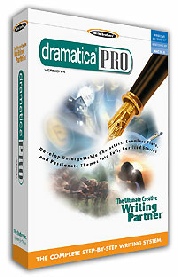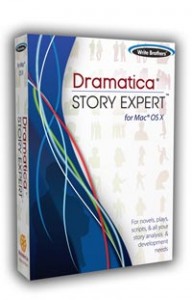Don’t say it if you can show it!
Movies are a visual medium. The strongest impact is created by what is seen, not what is said. Although we might marvel at well-written dialog, it is the moving shadows that capture our imagination.
Before writing a dialog scene, consider the information you are trying to convey. Consider visual alternatives that would show the audience rather then tell them. Even character development can often be more effective by seeing what the character does, rather than listening to what he or she says.
If you do need to say it, try to create a visually interesting situation in which the dialog can occur. I once had to do an interview on a big-budget industrial film with a geologist about drilling for bauxite samples 50 miles outside of Van Horn Texas in the middle of a desert.
I could have just gone to the site, set up the camera, and filmed him in front of the rig. But when he picked me up at the airstrip, he was in a dusty, beat-up pickup truck, and headed down the rough dirt road at literally 100 miles an hour.
I took out the camera and did the entire interview while bouncing around in the cab. When we arrived at the site, I simply shot a lot of silent footage of the goings on. When we cut it all together, we began with the truck interview, and then cut away to the various aspects of the job as the geologist spoke. It created a riveting three-minute sequence and pleased the client immensely.
So if you have dialog to deliver and you can’t really communicate the information in a visual way, consider changing the location or engaging your characters in some activity that will at least add a visual element.
You might have them conversing during one-on-one basketball, while doing yard work, chasing after a dog that needs a bath – whatever. And if all else fails, don’t ignore the potential of a cheap cinematic trick.
You can do a scene completely in silhouette, seen from the POV of a goldfish in a bowl, from another room as a janitor stops to listen and then continues with his cleaning.
You can even get overt. There was a television program many years ago called “Then Came Bronson,” starring Michael Parks. It was noted for trying new visual techniques. For one long dialog conversation, the director shot the two characters from the side, walking along a sidewalk across the street. He shot them silent in several locations with different backgrounds, always the same distance away, walking at the same pace. In the editing room, he cut from one location to the next so that it appeared as if the characters were continuing to walk and the background jumped from one to another behind them. The dialog was then added over the sequence as a whole.
This simple technique gave power to an otherwise uninteresting scene, added the impression that they had been talking for a long walk all over town, but got the verbal information across as concisely as possible. So look for visual opportunities to enliven dialog, and if there aren’t any, make them.
Subscribe to:
Post Comments (Atom)







No comments:
Post a Comment